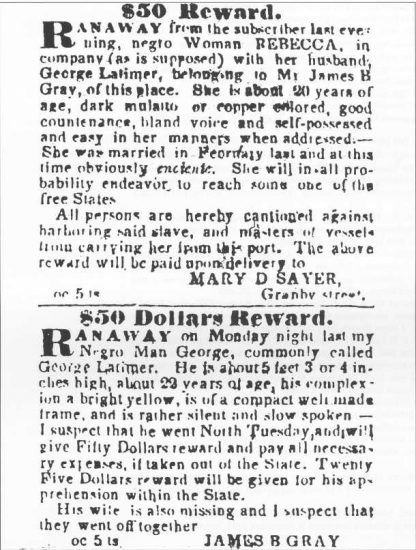
These ads appeared in the Norfolk Beacon. Whose side was the white press on? Compare to coverage in abolitionist newspaper below. Source: Rutgers University
On November 21, 1842, a Boston judge officially freed George Latimer, who was formerly enslaved. Latimer and his wife Rebecca had used Underground Railroad networks to escape from enslavement in Norfolk, Virginia according to Virginia Waterways and the Underground Railroad, by historian Cassandra Newby-Alexander of Norfolk State University. Rebecca was pregnant when they escaped and wanted her children to be born free.
The Latimer case had become a national cause célèbre and catalyzed abolitionists to demand stronger laws to protect other fugitives from slavery, including the 1843 Massachusetts Personal Liberty Act, aka the “Latimer Law,” which prohibited Massachusetts government officials from helping to detain fugitive slaves and mandated that state facilities could not be used for such detainment.
George Latimer, who was born on July 4, 1819, gained his own independence after he and Rebecca hid on a steamship that took three days to sail to Boston. Unfortunately, a man named William R. Carpenter, a former employee of George’s enslaver, James B. Gray, spotted Latimer in Boston and notified Gray about the whereabouts of his “property.” Gray arrived in Boston on October 18, 1842, had Latimer arrested and began extradition procedures.
With word of Latimer’s plight quickly spreading, enraged abolitionists met throughout Massachusetts, including an assembly of about 300 mostly Black men at the famous Faneuil Hall in Boston. As pressure mounted, the local sheriff notified Gray that he would no longer hold fugitives from slavery in his jail, and Latimer’s lawyers raised $400 to purchase Latimer’s freedom from Gray. Rebecca’s own former enslaver, Mary D. Sayer, abandoned her search for Rebecca after news of George’s manumission reached Norfolk, according to a biographical sketch George dictated in 1894.
The Latimers remained in Massachusetts for the rest of their lives. George worked as a paperhanger and joined the abolitionist movement. They had four children, the youngest of whom, Lewis Howard Latimer, born in 1848, became a draftsman and an important inventor.
Lewis Latimer, a member of the National Inventors Hall of Fame, worked for Alexander Graham Bell and Thomas Edison and is credited, along with Joseph Nichols, with devising a light bulb with a carbon filament that worked better and longer than Edison’s original paper-filament light bulb.
By Michael Knepler, who prepares periodic #tdih posts for the Zinn Education Project.

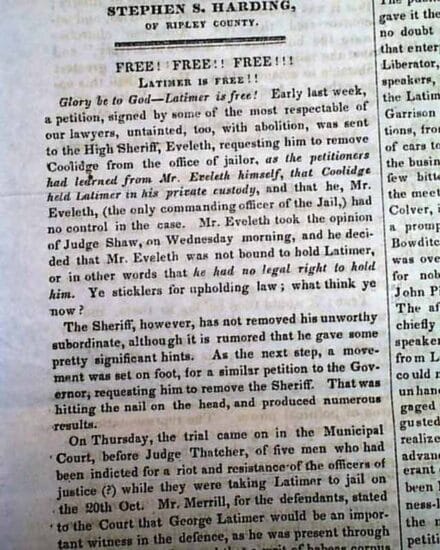
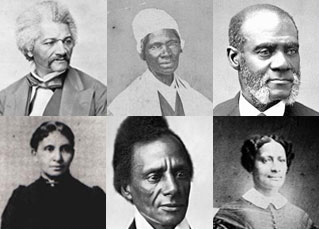

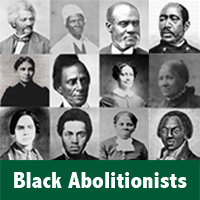
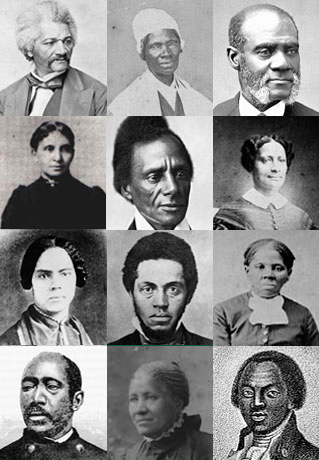
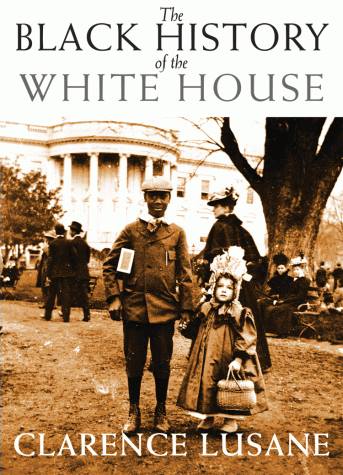
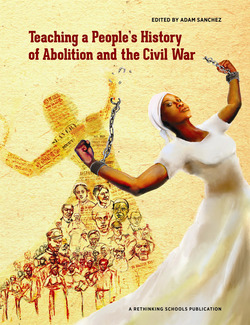
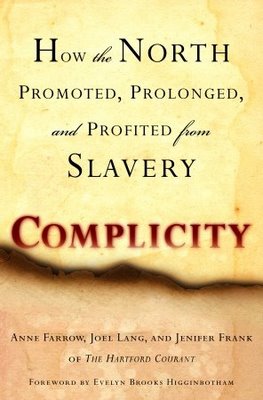
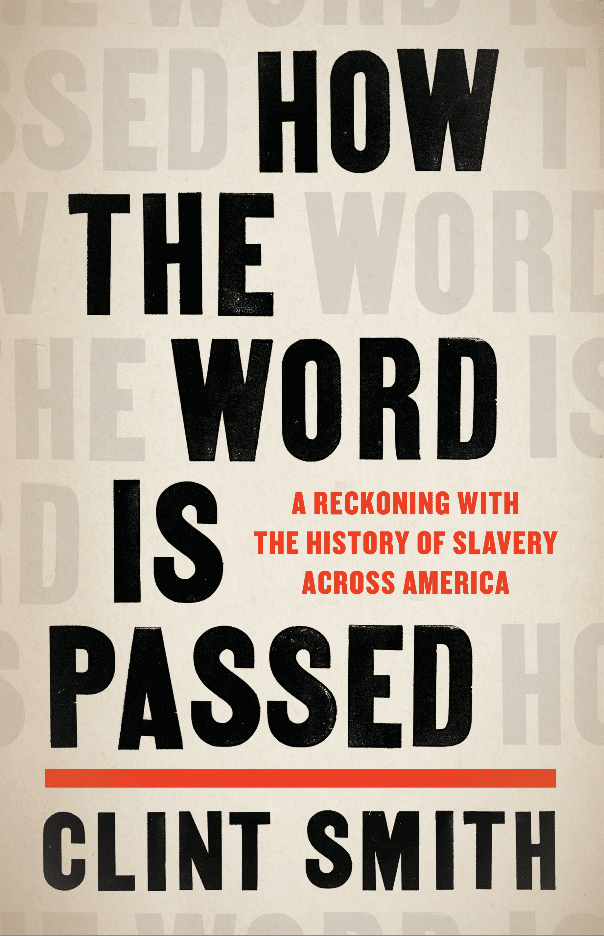
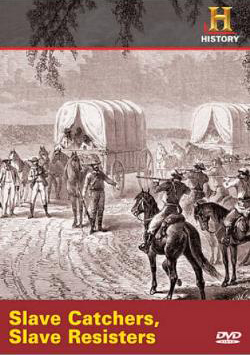
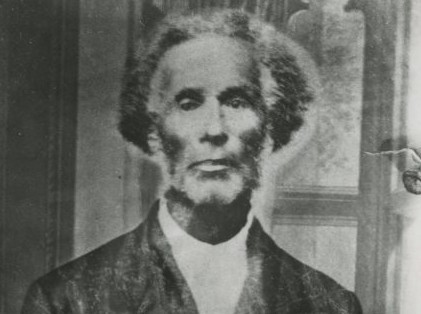
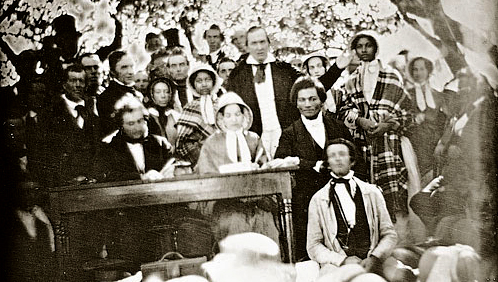
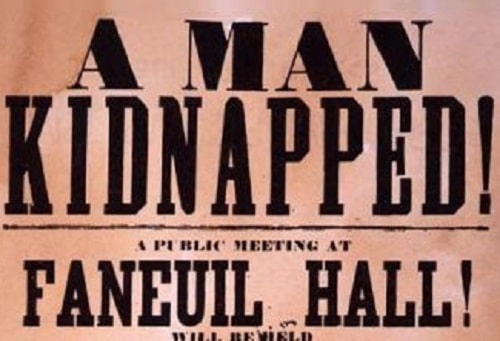
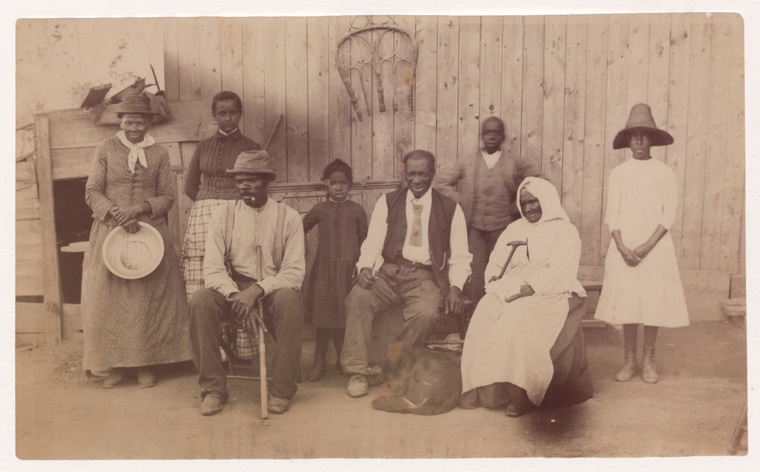
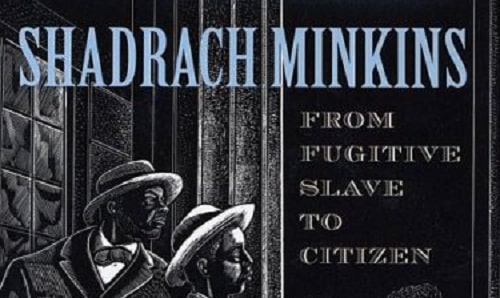
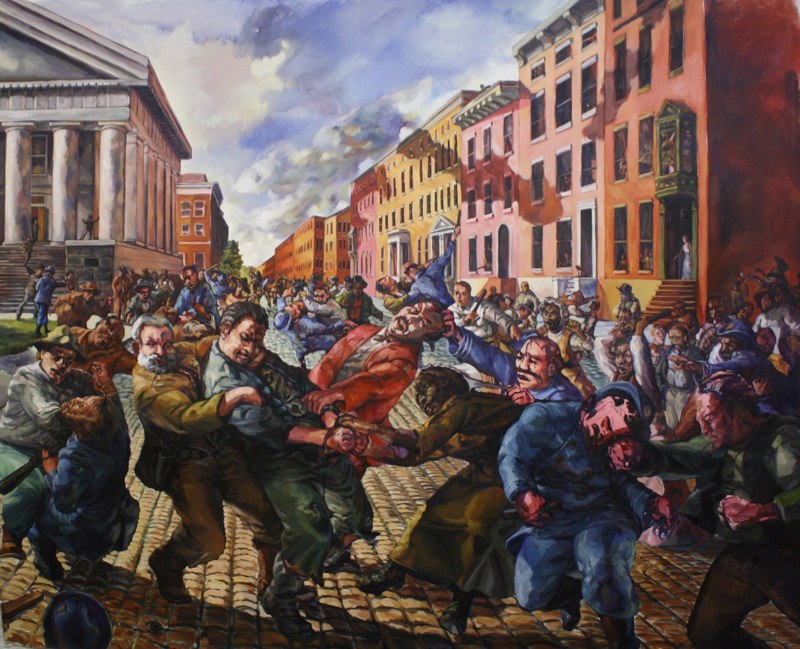





Twitter
Google plus
LinkedIn